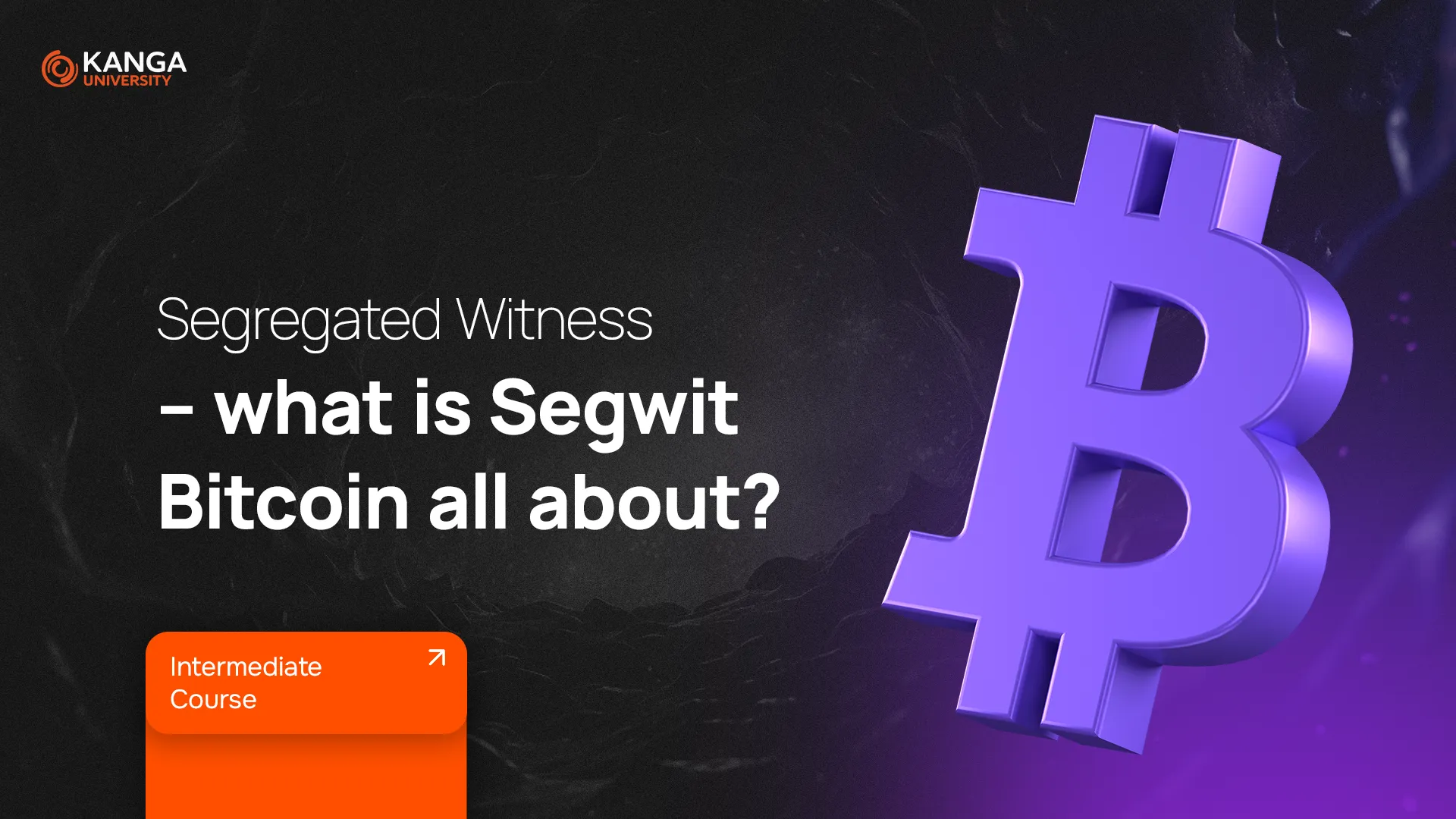
In the fast-moving world of crypto, not every update makes history — but SegWit did. Short for Segregated Witness, it’s one of the biggest upgrades ever introduced to Bitcoin. It made transactions faster and cheaper and laid the foundation for future innovations like the Lightning Network.
And here’s the kicker: SegWit was optional — but powerful enough to reshape how Bitcoin works.
What Is SegWit in Simple Terms?
SegWit changes the way Bitcoin handles transaction data. It separates the signature part of a transaction — which proves ownership — from the rest of the transaction data. By doing this, Bitcoin can fit more transactions into each block.
The result?
-
Lower fees for users
-
Faster confirmation times
-
Better scalability for the entire network
SegWit was activated on August 24, 2017, as a soft fork — meaning it didn’t split the Bitcoin network into two. Instead, it allowed users and developers to adopt the changes gradually. Those who preferred the old setup (called Legacy) could still use it.
Who Created SegWit?
SegWit started as part of an experimental project from the company Blockstream, but it was Bitcoin Core developer Luke Dashjr who figured out how to bring it to Bitcoin’s main protocol. Key contributors included Pieter Wuille, Johnson Lau, and Eric Lombrozo. Together, they submitted a formal Bitcoin Improvement Proposal (BIP) — a document used to propose and coordinate upgrades to Bitcoin.
How Does SegWit Work for You?
If you’re using a wallet that supports SegWit, your Bitcoin transactions can be significantly cheaper and more efficient.
SegWit wallets generate two types of addresses:
-
Starting with “3” – known as P2SH, compatible with older systems
-
Starting with “bc1” – called bech32, these offer the best fee savings
In contrast, old-style addresses starting with “1” are Legacy addresses — and typically come with higher fees.
Popular SegWit-Compatible Wallets:
-
Bitcoin Core
-
Electrum
-
Green Wallet
-
Ledger and Trezor (hardware wallets)
-
Exodus
SegWit vs Legacy: What’s the Difference?
In the original Bitcoin setup (Legacy), each block has a 1MB size limit. That includes all the data — inputs, outputs, and digital signatures. This limit meant that only a certain number of transactions could fit in each block.
SegWit changes the structure. It moves the signature data to a separate section called witness data, allowing blocks to process the equivalent of up to 4MB of transaction data — without actually increasing the block size limit.
This makes transactions lighter and more efficient, allowing the network to handle more volume without slowing down.
Why SegWit Was a Big Deal
SegWit didn’t just improve speed and reduce costs. It also unlocked the door to powerful new features.
Key Benefits of SegWit:
-
Fixes transaction malleability – stopping bad actors from altering transaction IDs
-
Enables Layer 2 solutions like the Lightning Network – used for near-instant and ultra-cheap transactions
-
Reduces transaction fees and improves confirmation times
-
Makes room for future upgrades, such as the Taproot update and Schnorr signatures (introduced in 2021)
Has Everyone Adopted SegWit?
Not yet. While most major wallets and exchanges support SegWit, full adoption has been slow. According to a 2024 report by Glassnode, only a portion of exchanges fully support bech32 addresses, which offer the best efficiency.
Many users and businesses still use Legacy addresses, missing out on SegWit’s benefits.
What About Controversies?
As with many things in crypto, SegWit sparked debate. Some in the Bitcoin community believed a more aggressive approach — a hard fork — would’ve been better. Others feared that the changes could give miners too much power or introduce security risks.
Some users also prefer alternative scaling solutions and have chosen not to adopt SegWit. Still, no credible evidence has surfaced to support fears about fund loss or manipulation, and SegWit adoption continues to grow.
Summary
SegWit was a turning point for Bitcoin. It made the network faster, cheaper, and more scalable — and it paved the way for game-changing tools like the Lightning Network.
If you’re using Bitcoin today, it’s worth checking whether your wallet supports SegWit. It’s a simple upgrade that can make a big difference in how you use crypto.
Buy, sell and trade on Kanga Exchange